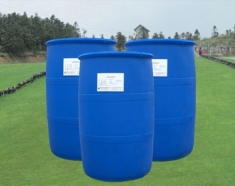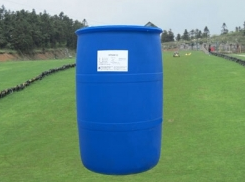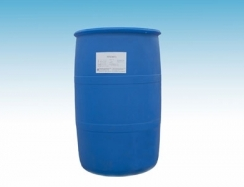At present, chemical flooding is the main method of tertiary oil recovery in China. Surfactants are suitable for chemical flooding. On the basis of practical work experience, many experts and scholars have put forward the following requirements for surfactant in oilfields:

1) Surfactants have high interfacial activity and strong ability to reduce the interfacial tension between oil and water, which makes the interfacial tension between oil and water less than 10.2 mN/m. Surfactants have a certain degree of solubility. The cloud point is not affected by the PH value or has a little influence.

2) The interaction between surfactant and rock surface is small, and the adsorption ability on rock surface is weak or not easy.
3) Surfactant dissolves in formation water and has a high diffusion rate, but has a strong anti-dilution ability, that is, the concentration of surfactant decreases, which reduces or decreases the interfacial tension between oil and water, and the displacement effect is better.

4) It has good stability and does not react with other chemicals or injected water or underlying substances, nor does it react with pyrolysis and degradation.
5) In the process of oil displacement, the relationship between compatibility of surfactant flooding system and reservoir development degree is considered. _
6) Surfactants are suitable for temperature and salinity conditions of oil displacement reservoirs, and have high temperature and salt resistance. There are many methods to classify different types of surfactants. The common types are the structure of hydrophilic ionic groups of surfactants in aqueous solution, which can be divided into five types: anion, cation, amphoteric ion, non-ionic type and mixed type. According to the molecular weight, surfactants with low molecular weight can be classified. According to the requirements of reservoir conditions for tertiary oil recovery technology on surfactant performance, it can be divided into salt-resistant surfactant system, temperature-resistant surfactant system, salt-resistant and high-temperature surfactant system and surfactant under special formation conditions. They can be classified into natural surfactants, synthetic surfactants and biosurfactants according to their sources. According to their solubility, surfactants can be classified into water-soluble surfactants and oil-soluble surfactants.